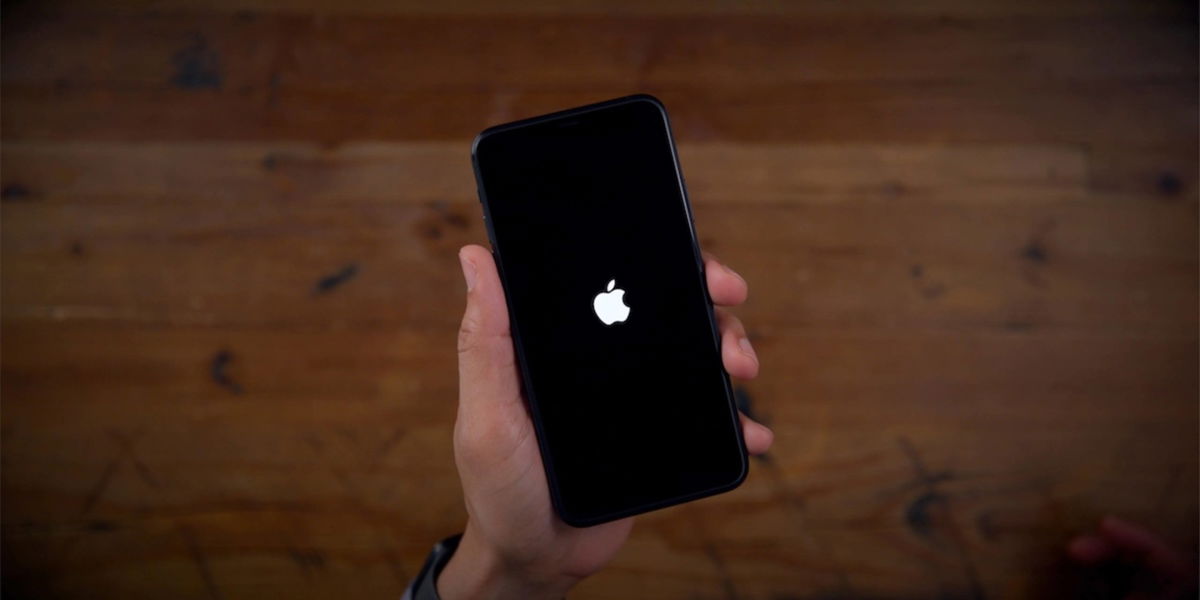Not long ago, Apple fans disgustedly agreed that Apple should announce prices for its products in Europe at 1: 1 parity against the euro. This was left behind and Apple It doesn’t even maintain 1: 1 prices in dollars versus dollars anymore, the vast majority of times they are higher, as with the newly launched AirPods Max.
Standardization of prices
In this article we want to see how much Apple increases the price of its products in the case of Europe when converting the original prices from dollars to dollars. For this, we have done the following:
- Take Apple’s official prices in the United States.
- Convert them to dollars (exchange rate: 1 dollar = 0.82 euro).
- Add 21% VAT to normalize them with the prices in Europe, as those in the United States do not include taxes as they are state or local, while those in Europe are shown with VAT included as they are a tax national; this way, Apple’s net income is matched.
- Calculate the percentage difference of this normalized price compared to the sale price in Europe.
It must be taken into account that various preliminary considerationsAs the European Union requires by law, both the store that sells the product (first year) and the manufacturer (second year) offer a guarantee of the same during this two-year period for the consumer. This comes at a cost to stores and manufacturers who also charge anticipated repair and replacement costs in the final price of each product. Another problem is the royalty, excluded because of its very low impact on the final price and because it is not applicable to all products.
It also comes into play the exchange rate. If there is a strong variation against the euro, the income received by the US parent company could be lower. Apple hedges against this with a currency risk management plan that covers its balance sheet in the event of a sudden change in fluctuation.
Here is the complete list of “all” products currently sold by Apple (we have excluded minor accessories such as cables, adapters, etc.) with the aforementioned price list, calculations and difference. You can search by product name or click on each column to sort it in ascending or descending order.
Seeing this data, we can draw some conclusions and draw some patterns (although we’ll get to that in more detail later):
- A few products, such as Apple Watch bands or almost all Beats headphones, are priced almost the same. If we have the European guarantee, in practice Apple clearly makes less money with these products in Europe than in the United States.
- It is precisely the straps, due to the type of product they are, that leave the most room for Apple. In addition, its possible problems that lead to the use of the guarantee are practically non-existent, which explains the small or almost zero increase in accessories without electronics or circuits.
- IPhone SE and iPod touch are the products with the highest price differential in this sense, with over 20% more in both cases.
- Macs and iPhones share the top positions in the ranking. In products like these, the fact that they are very susceptible to repair or replacement during the warranty period can have a lot to do with the increase in conversion. Their repairs are much more expensive than those of minor products.
- Some psychological barriers Bigger ones, like $ 50 or $ 100, can help maintain prices like first-generation HomePod mini, Apple Pencil, or Watch bracelets to better preserve them in impulse buying or ease of giving away.
- The Beats Flex are the product that increases its price the least, 0.7%, in addition to being one of the cheapest with its 49.95 dollars.
- And these same Beats Flex are the only product that in the original price conversion, without adjustment, has a lower amount in dollars than in dollars (49.99 versus 49.95). This is not the case with any other product.
The interesting thing comes when we use a two axis chart and color each product according to its category. This way, it is much easier to know if there is an obvious pattern whereby Apple more or less raises prices when converting to dollars.
Ta-da.
There is.
In this graphic, you can click on each product category to see it individually, or on “✅ All” to see the full set. This way you can easily see several of these patterns:
- The “cheapest” products are those whose prices increase the least, especially in the range up to 300 dollars.
- The more the price increases, the more Apple increases the differential. Up to 1000 dollars, most products do not increase by more than 9%. Above 1,500 dollars, none falls below 13%.
- Beats Maintain Parity Price, But AirPods Raise It Between 13% -17%. Result of the strong attachment of the Beats brand to the United States and its much lower penetration in Europe?
- iPhone and Mac have the highest averages, iPads are below, and Apple Watches are well below. Oddly, in the upper zone are the most stable and consolidated products in sales.
Beyond the quirks and models by product category or price, The explanation for the largest increases usually lies in products whose warranty issues could mean more money could mean Apple.. Even products with electronics (not like Watch bracelets), like the HomePod mini or the Beats Flex, see their price practically equal, perhaps as much so as not to cross important psychological barriers – 100 dollars in the first case, 50 in the second – and due to the fact that its circuits are reduced compared to other ranges. They have no screen, the former has no battery, no mobile data connectivity, no cameras, etc.
This, in the end, may even be a good touchstone in determining a choice in the classic dilemmas of “Is it worth buying this Apple product when I travel to the United States?” and have the price differential, although always assuming the percentage of VAT that you have to pay depending on the state where we buy it. Beyond that, we can assume for most products an increase of 15% on average, bill up, bill down.










